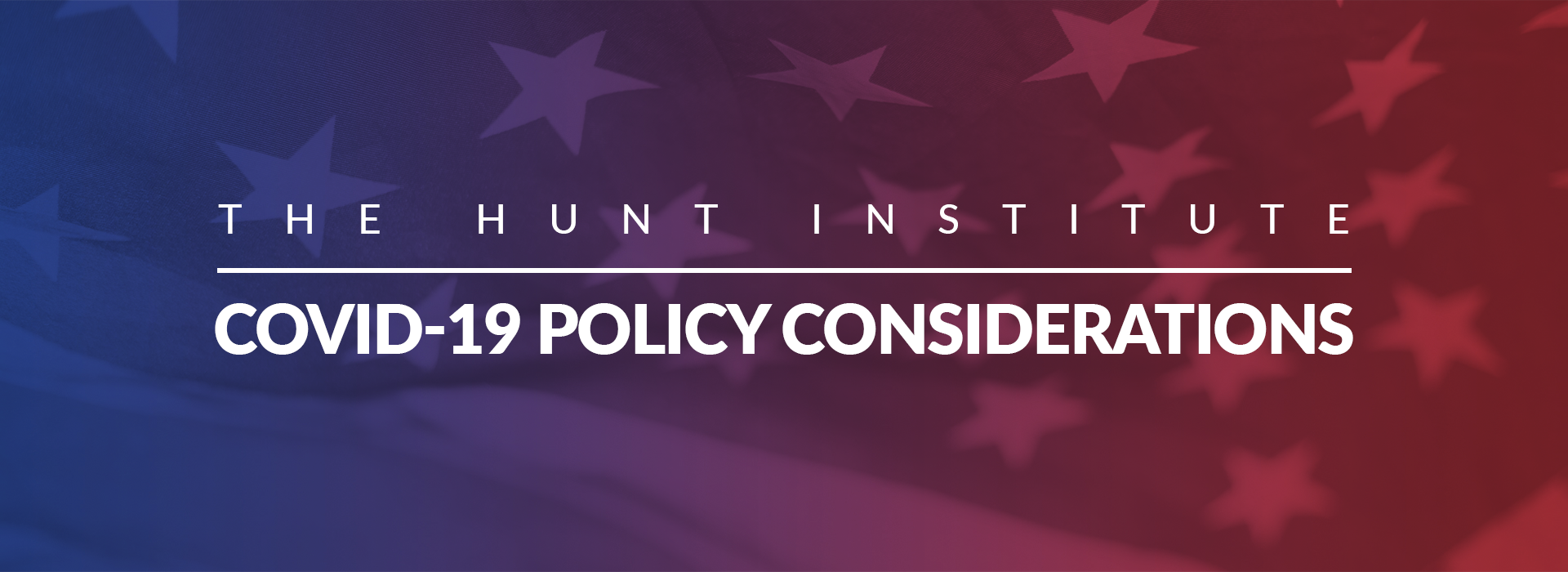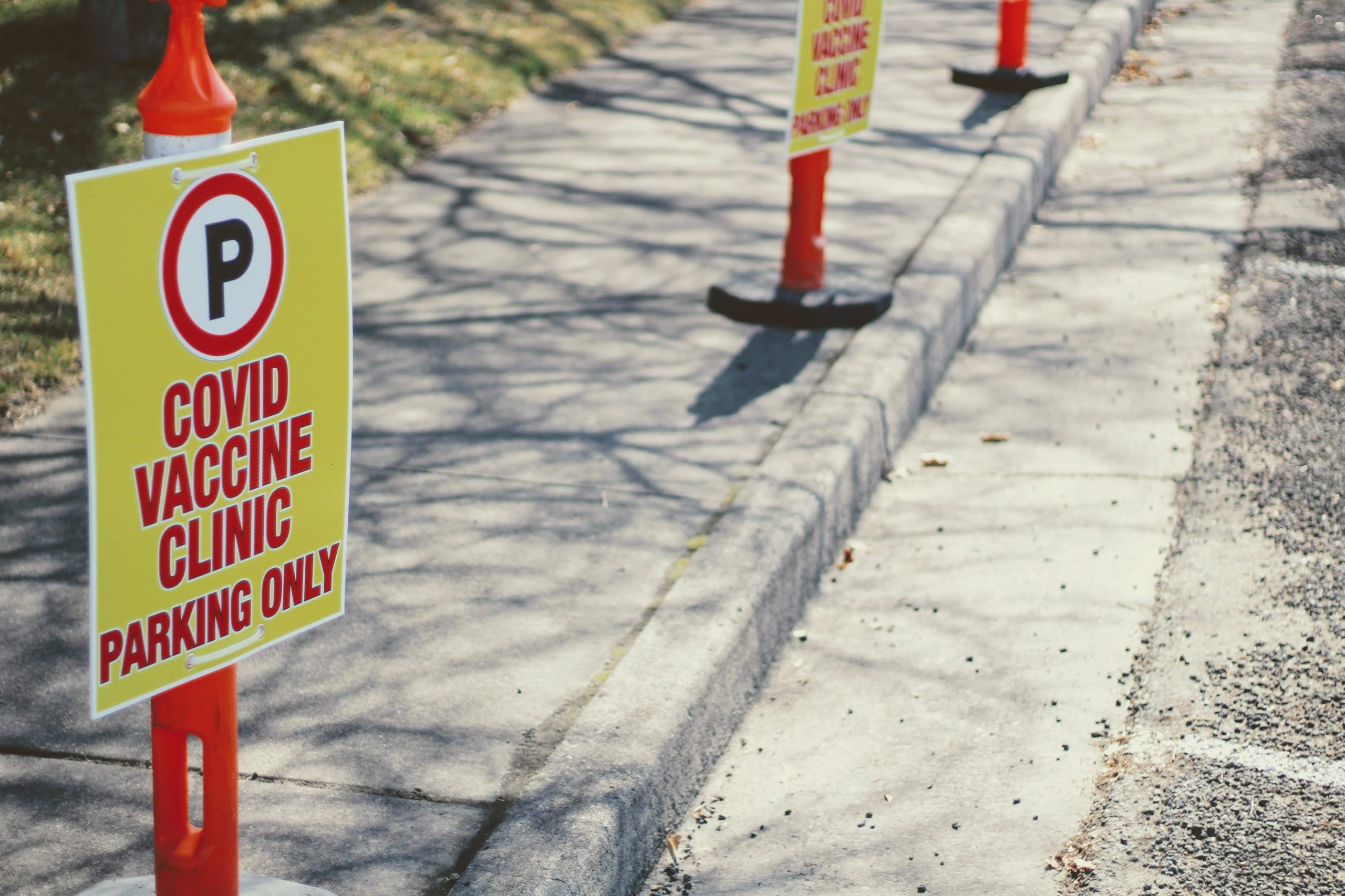

March 31, 2021
As of March 2, 2021, United States Department of Health and Human Services has directed states to make teachers, school staff, and child care workers eligible to receive the COVID-19 vaccination. While a high percentage of the adult population believes in the importance of vaccination generally, there are larger concerns about the COVID-19 vaccine specifically. According to a survey conducted in late February 2021, about 30 percent of the adult population are “probably” or “definitely” not planning to get the vaccine. This survey also showed that the two groups disproportionately hesitant to receive the vaccine are low-income adults and those who are registered as a Republican. While the reasons for distrust and uncertainty are layered and complicated, the highest cited concerns are side effects and the accelerated timeline for vaccine development. Those who are likely to receive the vaccine show high trust in the effectiveness of the vaccine, are motivated by concerns around the health of their communities, and are more likely to receive an annual flu shot.
Vaccination is particularly important for teachers, who have been vocal throughout the pandemic and related virtual instruction about the need to ensure health and safety before resuming in-person instruction. Educators and their advocates were successful in pushing states to prioritize vaccination for teachers and, as a result, school buildings are starting to reopen their doors. According to a survey conducted by the National Education Association (NEA), 49 percent of educators had received at least one dose of the vaccine as of March 5, 2021, and an additional 36 percent had scheduled or planned to schedule their first appointment. Additionally, 87 percent of educators surveyed indicated a willingness to work in-person if they were fully vaccinated.
Schools are uniquely positioned to help support the health needs of their communities. This is particularly important in districts that serve primarily Black and Latino families, as health clinics and vaccine sites tend to be located out of these neighborhoods. Compton Unified schools partnered with St. John’s Well Child and Family Center in 2013 to establish a health clinic within a local high school; this partnership has since expanded to five health clinics in K-12 schools across the district, providing free or low-cost healthcare to thousands of families. When the pandemic hit in early 2020, these school-based clinics were able to quickly provide COVID-19 testing and treatment and are now serving as mass vaccination sites. As the population of Compton is primarily Latino and Black and disproportionately low-income, vital life-saving services are being provided to communities of color that have been disproportionately impacted by the pandemic and who historically lack access to quality healthcare.
Provide Transparency | Dr. Walter Orenstein, professor of infectious diseases at Emory University School of Medicine and a former director of the immunization program at the Centers for Disease Control and Prevention, comments on the need for schools to be truthful, “show we’re not cutting corners, and give the public confidence that the data we present on effectiveness and safety are real and valid.” Providing teachers, staff, and parents with reliable information is a key step to creating support for vaccination within these populations.
Provide Equitable Access to Healthcare | To provide healthcare to historically underserved communities, school officials in New Mexico’s Alamogordo Public Schools have developed mobile units for COVID-19 and antibody testing, as well as other community outreach plans to do vision and hearing screening for students returning to in-person instruction. Outreach efforts that support marginalized communities are important to not only provide students and families with the necessary health assistance they lack but also to raise trust within these communities.
Increase School-based Healthcare Capacity | Nurses play a vital role in schools by caring for children and educating students, their families, and communities about health and safety. However, less than 40 percent of schools have a full-time nurse on staff and over 25 percent of schools have no nurse at all. In the short-term, states should allocate funding from the Elementary and Secondary School Emergency Relief Fund to provide school nurses to districts and schools to help distribute vaccines, educate students and their families, and coordinate care. For long-term support, states should coordinate funds from their education and health sectors to create full-time nursing positions in schools, prioritizing those serving low-income communities

Photo by Joshua Hoehne on Unsplash